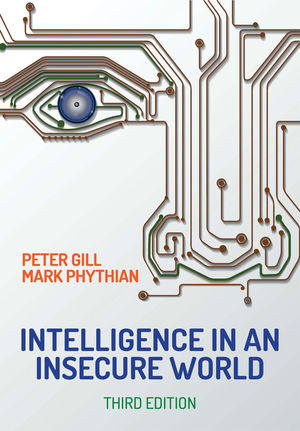Owned by the City of Portland, the Portland Classical Chinese Garden is operated by a non-profit organization as a self-sustaining entity. Revenues are generated from ticket sales, a gift shop, and a teahouse, all of which operate as independent entities sharing a common security umbrella. Membership, donation and sponsors help to further support the Garden’s operations and programs. The Garden is a cultural heritage tourist destination serving 150,000 visitors and 3,800 members annually.
The original intrusion alarm system, which comprised motion and glass-break detectors had proven prone to false alarms and was “quickly becoming unmanageable� according to executive director, Gloria Lee. “After a period of repeated adjustment and fine tuning, we came to the conclusion we needed a different approach and solicited bids from local companies.� A budget was set and contenders surveyed the premises.
Selectron, an established and locally owned security system integrator, was also encouraged to provide a solution for the Garden by Mark Warrington from the City of Portland. “I had seen Selectron succeed with tough projects in the past and thought they should take a look at it,� Warrington said.
Colin Freestone, senior account manager with Selectron reviewed the site plans and walked the garden several times. “One step beyond the threshold I knew we’d have to think outside the box. The garden has a natural perimeter in the form of an 8-ft. high wall, but it is not a fortress. The walkways, ponds, and plants within all posed problems of their own, but the greatest was aesthetics.�
Low voltage wiring infrastructure and convenient locations for detection and surveillance equipment had taken second place to the many elements of garden design. A wireless intrusion alarm system was installed in readiness for the Garden’s opening.
Selectron proposed an ITI wireless intrusion alarm control panel, its zones driven by alarm outputs from a Robot 16-channel video multiplexer with programmable video motion detection. For recording, a Kalatel DSR2000e DVR was deployed. “First we chose a wireless intrusion system we knew we could support. Digital video recorders with their inherent video motion detection capabilities were already becoming commonplace, but no affordable unit had discrete, per camera alarm outputs to drive the intrusion alarm panel,� Freestone said.
“Selectron’s proposal came in under budget and they offered us a trial period to evaluate a rather radical idea,� Lee said. “Two months later we committed to the system and have not looked back since.�
Michelle Ford, director of operations, manages the system. “We carry wireless remotes to arm and disarm. A voice announcement inside the garden tells us if it is armed or disarmed. From time to time, plants moving in the wind and the occasional spider will generate a false alarm, but now we know the cause by replaying the event and can mask out trouble spots on the multiplexer display,� Ford explained. “Recorded video allows us to play a part in the community’s policing effort, and best of all, the tiny bullet cameras are all but invisible. Our visitors can enjoy the garden’s charms free from intrusive or out-of-place security devices.�
Above and left, balancing the demands of security and aesthetics in Oregon’s Portland Classical Chinese Garden was a challenge for local integrator, Selectron. Flexibility and invisibility were absolutely necessary. Lower right, occasionally, wind-driven plants and insects will generate false alarms, but trouble spots can be masked out on the multiplexer display.






